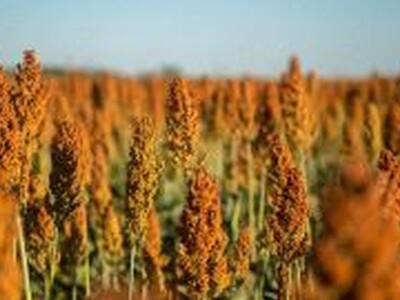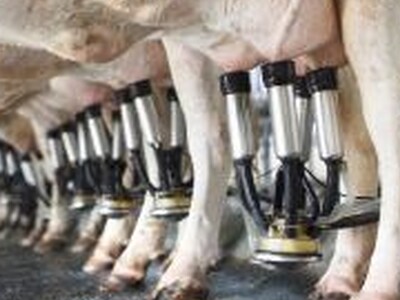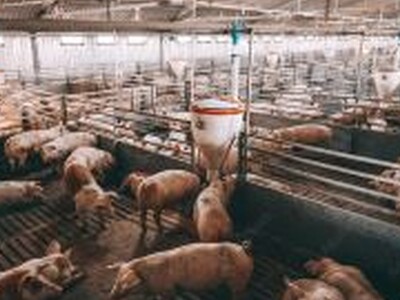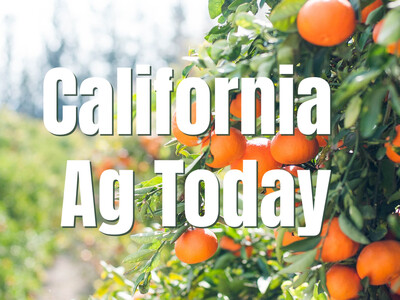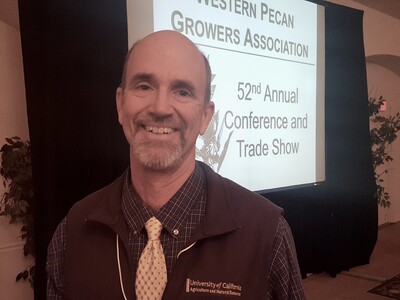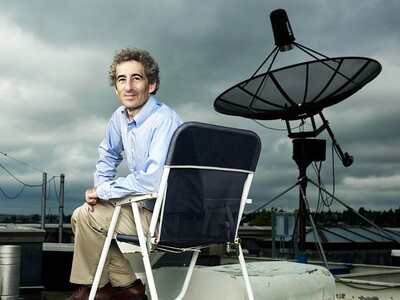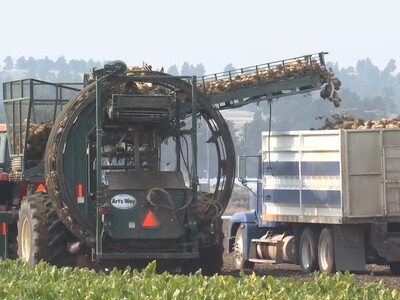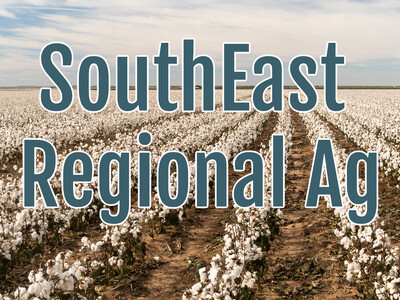Reducing Wildfires
High-intensity catastrophic fires are the single most destructive event that impacts Idaho “non-industrial private forestlands” (NIPF). Large-scale forest fires of greater intensity and longer duration are occurring on an increasingly regular basis throughout the West. Of additional concern, records show that the fire season has grown by more than 70 days since the 1970s – creating more opportunity for devastating fires.
Regional NRCS Conservationist Treg Owings: “Natural Resources Conservation Service State Conservationist for Idaho, Curtis Elke, has set aside $100,000 under the agency’s Environmental Quality Incentives Program (EQIP) for the first year of a special project to help mitigate the extent and damage of the large-scale fires. While El Nino has improved Idaho’s moisture outlook, we are still vulnerable to catastrophic wildfires in Northern Idaho. In setting aside these funds, NRCS is calling for applications to ensure the safety and resilience of non-industrial private forests.”
The project’s goal is to take proactive measures that reduce the extent of uncontrolled wildfires on NIPF forestlands, primarily through the use of fuel breaks. Other approved forestry management practices may also be included in applications. Forest management plans are a pre-requisite for applied practices through this project’s funding pool. Those needing forest management plans may contact their local NRCS field office to create a plan.
Treg.owings@id.usda.gov





